How Prehab Increased Inquiries For Their Online Courses By 30% Using Chatbots
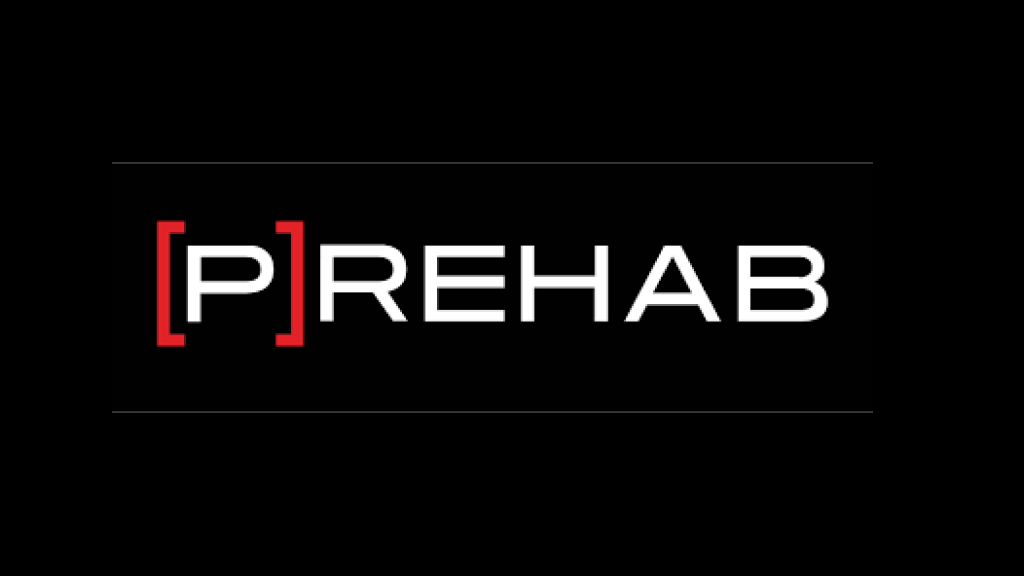
Founded in 2016, Prehab is an online health education platform that provides quality physiotherapy knowledge to average people. The platform is the brainchild of founders Michael Lau, Arash Maghsoodi and Craig Lindell (all qualified doctors of physiotherapy) who were tired of seeing social media littered with troubling misinformation around their profession. While the company provides a wealth of knowledge for free through its website, Youtube channel and social media accounts, it generates revenue by selling a variety of equipment (e.g. dumbbells, ankle braces etc) and perhaps more importantly specialized courses that provide a more intensive training regimen than their free resources. We spoke with Prehab founder Michael Lau, about how his team generates demand for these programs and how chatbots have played a key role in making these marketing efforts successful.
About Prehab’s Courses
Within their broader content repository, Prehab offers specialized paid courses with a more intensive training regimen than their free content. These courses focus on specific body regions (e.g. the Shoulder Program), body parts (e.g. Rotator Cuff Program), movements (e.g. Master the Body Weight Squat Program), mobility overhauls (e.g. Hip Mobility Overhaul Program) and sports (e.g. Running Program).
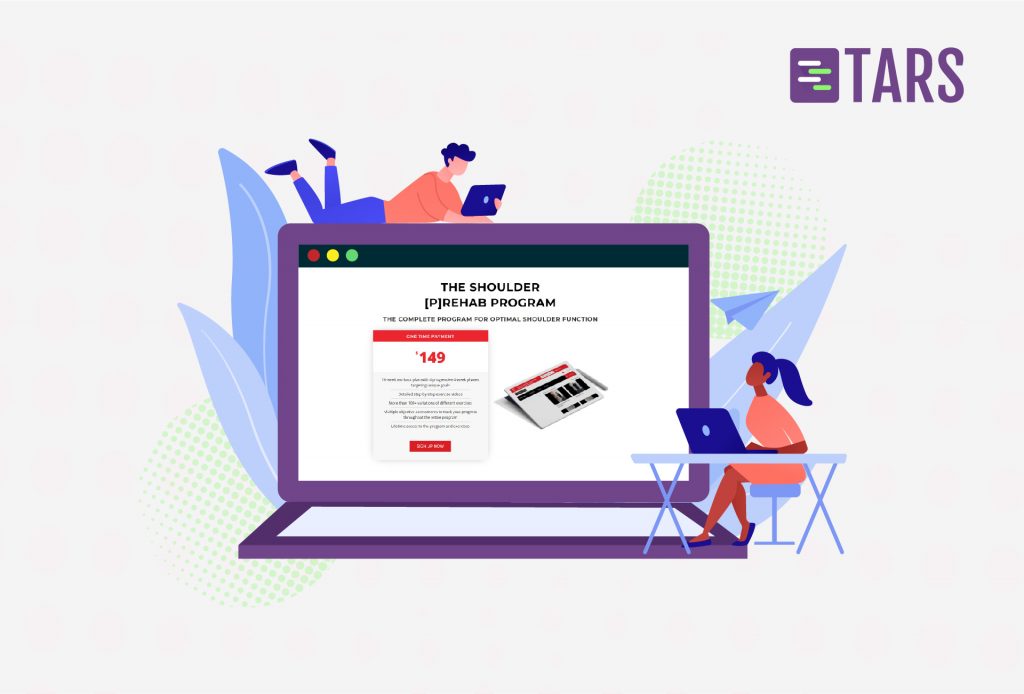
Included in these programs are lifetime access to an intensive 6-8 week long training schedule, detailed step-by-step exercise instructions, and informational resources about the specific body part/region/movement/mobility overhaul/sport in question.
Prehab’s Marketing Strategy
To drive sales for their specialized programs, Prehab runs multi-channel marketing campaigns. Specifically, they drive traffic to their pages through SEO, Google ads and Facebook ads.
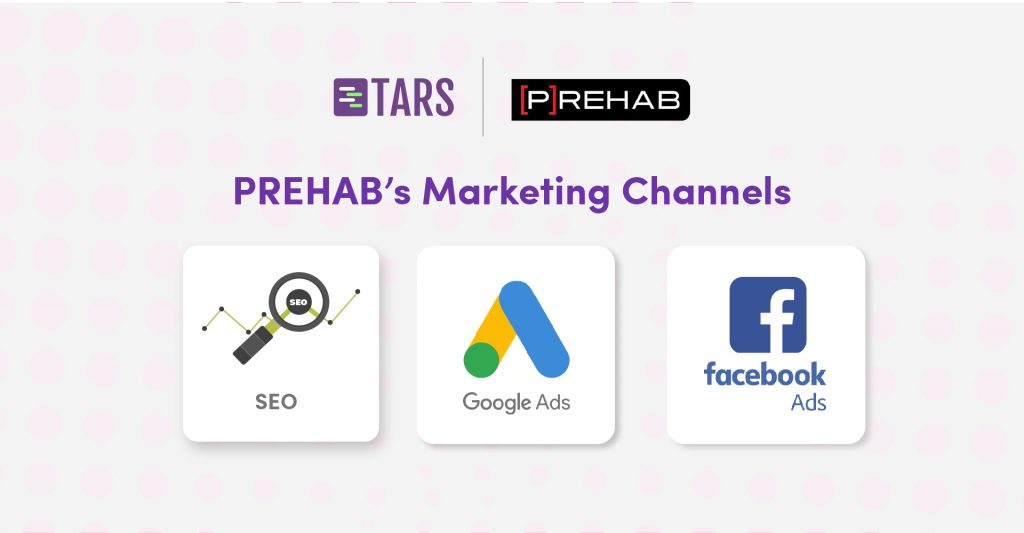
Once people have clicked onto these pages, Prehab used to show them a standard landing page, giving users information about what they will achieve through the course, what specific resources they’ll get by signing up, and sample videos to give prospects a taste of what the course will actually look like.
The Buyer Decision Making Uncertainty Problem
While Prehab’s programs are compelling in their own right, they suffer from a marketing problem that a lot of digital products suffer from: the buyer decision making uncertainty problem (BDMU problem). In simple terms the BDMU problem describes the common situation in which prospective buyers for your product might be apprehensive to hit the buy button or fill out a lead capture form because they have unresolved queries about the product (e.g. pricing, value, applicability to the buyer’s needs).
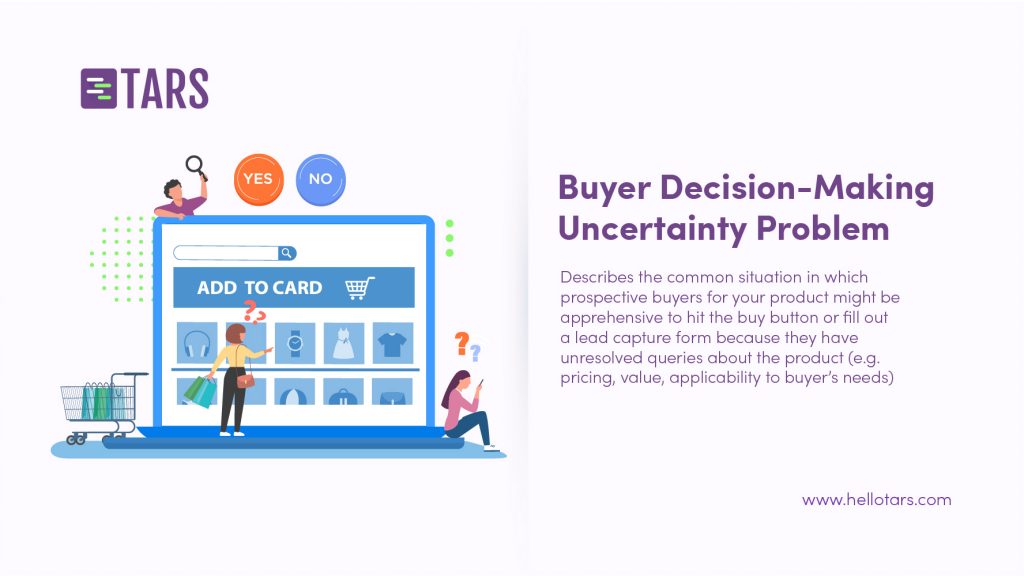
The traditional way marketers have overcome this problem is through static text and contact forms. You could incorporate information into your landing copy, add an FAQ section to your page or just ask prospects to send you their questions through a contact form. The issue with these methods of query resolution is that they are inconvenient for the user. Adding information to landing page copy or an FAQ section makes the page more verbose which in turn makes it harder for prospects to extract the necessary information from the page (because they have to read through more text to find what they want. Contact forms don’t face this problem, but the turnaround time on form based tickets usually takes a few hours and this wait time could cause the lead to go cold while they wait.
In Prehab’s case, they found that adopting both of these problems increased their stress because they were losing business from prospects that dropped from the page before converting and were getting buried in a mountain customer service emails from prospects who submitted queries to their contact form.
Chatbots as a Solution
To address their buyer uncertainty problems, Prehab turned to chatbots. They worked with the Tars customer success team to build a basic information delivery chatbot.
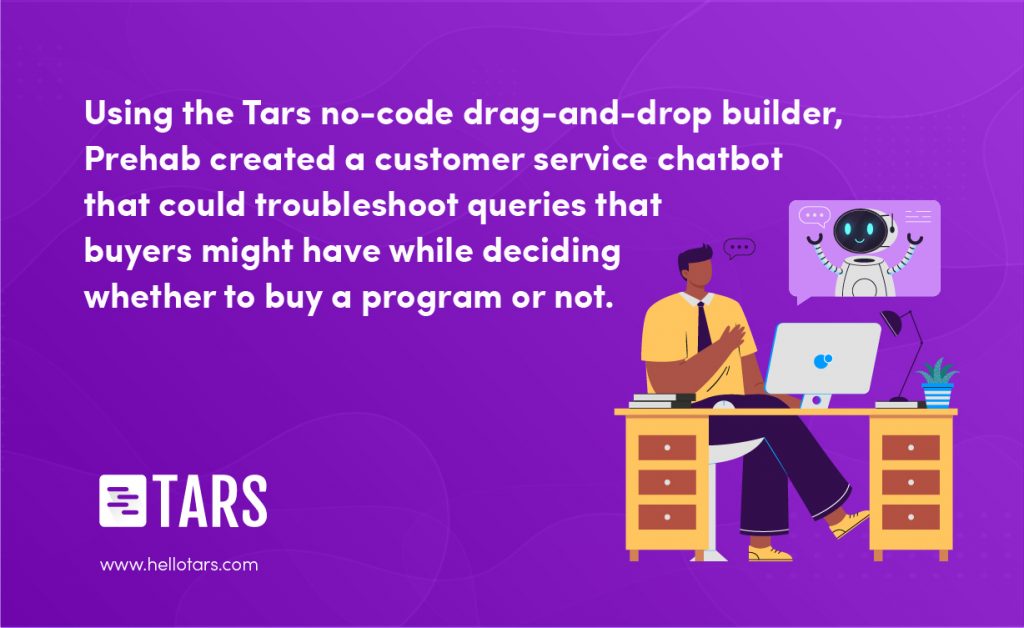
This chatbot lets users select from a list of FAQs, and based on their selection would respond with the appropriate information.
Why Chatbots Work
When people are confronted with a traditional landing page, their natural instinct is to skim over it to glean information. This is a woefully inefficient way for businesses to communicate with their prospects because the prospect often doesn’t find the information that they need to make a buying decision and end up filling out a contact form, or worse, dropping from the page.
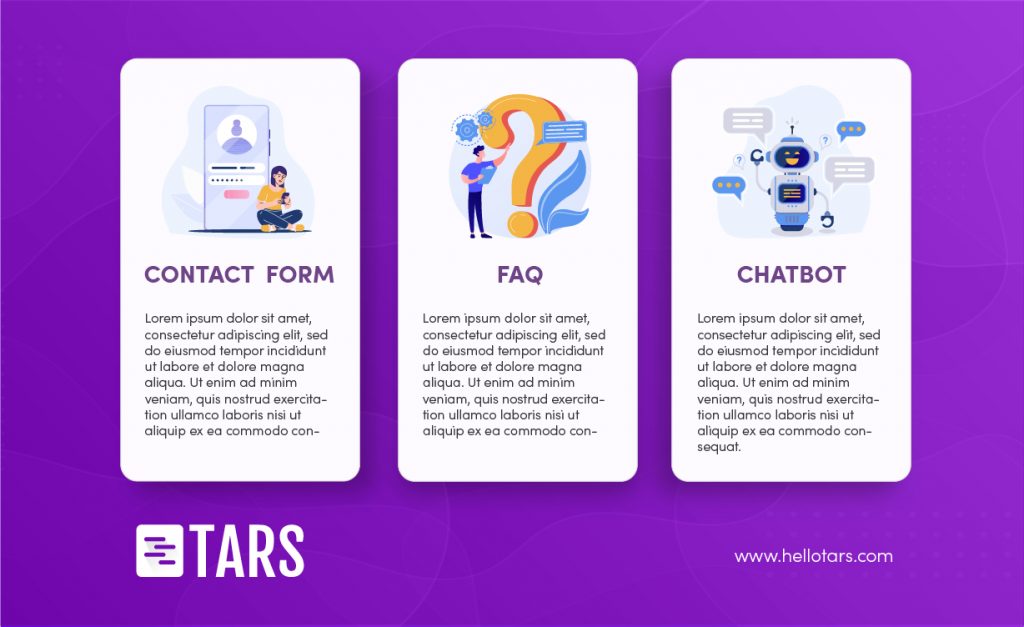
By presenting text as chat bubbles, Prehab was able to circumvent this problem. The chat interface split information up into digestible tweet-length chunks of text, that were short enough for prospects to fully consume before continuing with the interaction. The end result was that more prospects got their queries resolved, Prehab received 80% fewer email queries and most importantly the time it took to close new customers dropped dramatically thus increasing the number of leads Prehab was closing each month.
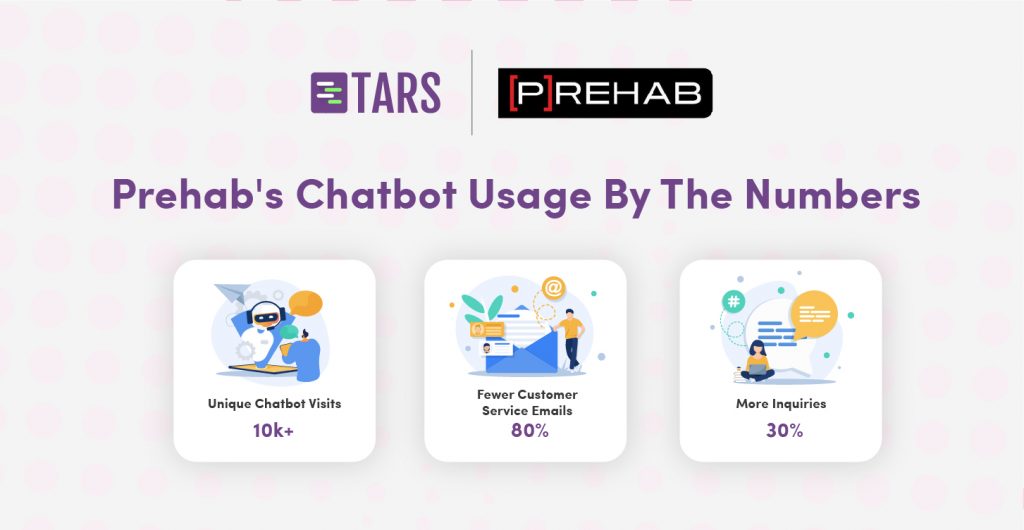
If you you want to crush your buyer uncertainty problem, book a demo with us today.
Arnav is the Director of Content Marketing at Tars. He spends most days building bots, writing about conversational design and scrolling through Giphy’s trending section looking for the gifs that go into the Tars Newsletter.
Chosen by 800+ global brands across industries
Recommended Customer Success stories
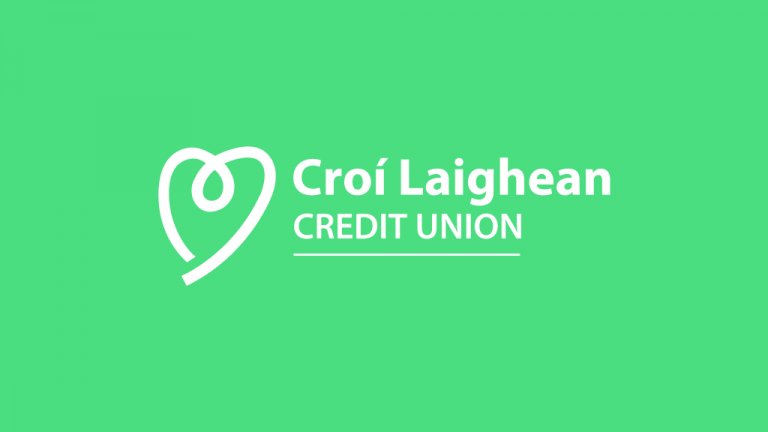
AI in banking: Croí Laighean Credit Union’s journey to efficient customer support

45% reduction in support requests: VM Group’s success with Conversational AI Agents
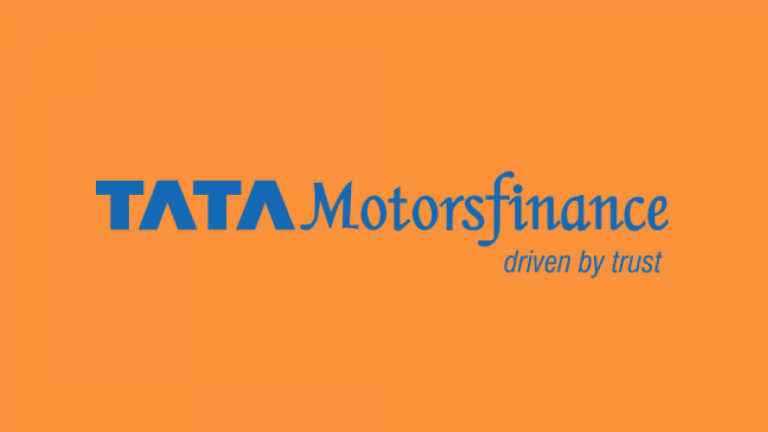
How Tata Motors Finance generated 69,000+ leads with strategic CX automation?

Our journey in a few numbers
With Tars you can build Conversational AI Agents that truly understand your needs and create intelligent conversations.
years in the conversational AI space
global brands have worked with us
customer conversations automated
countries with deployed AI Agents











